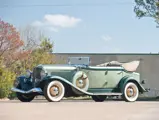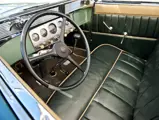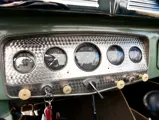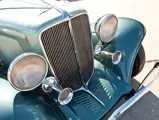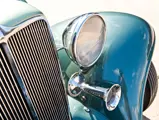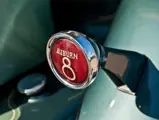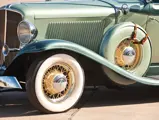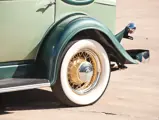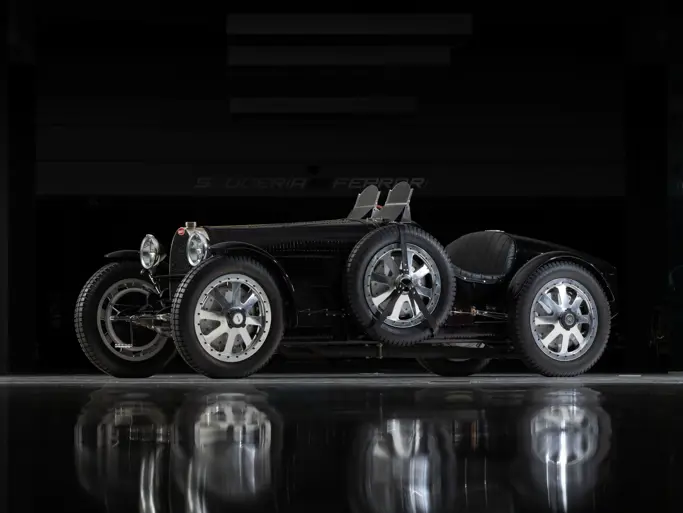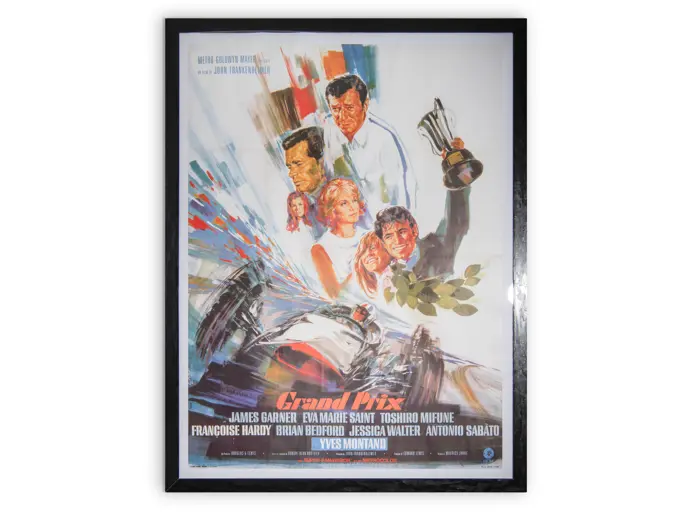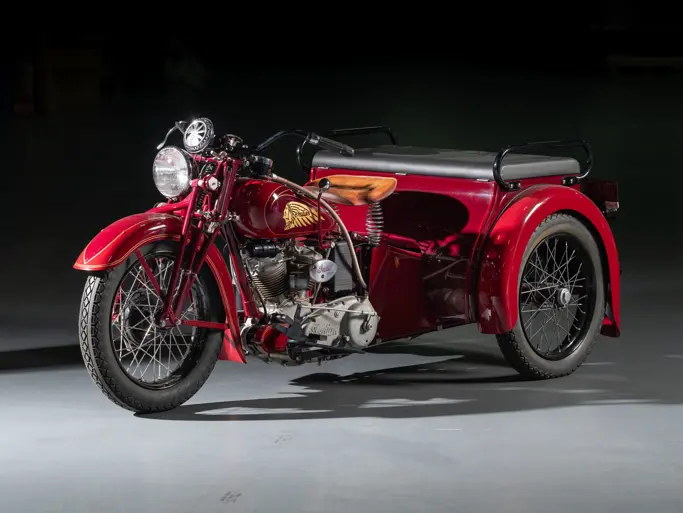Amelia Island 2012
1933 Auburn Eight Salon Phaeton Sedan
{{lr.item.text}}
$71,500 USD | Sold
 | Amelia Island, Florida
| Amelia Island, Florida
{{internetCurrentBid}}
{{internetTimeLeft}}

Model 8-105. 100 bhp, 268.6 cu. in. L-head inline eight-cylinder engine, three-speed manual transmission and Columbia electric overdrive, solid front axle and live rear axle with semi-elliptic leaf springs, and four-wheel vacuum-assisted hydraulic brakes. Wheelbase: 127"
• Offered from the Estate of John O’Quinn
• Elegant Cord-inspired design
• Dual-ratio axle
• Salon trim level
But for Errett Lobban Cord, Auburn might have remained an unremarkable automobile. Cord, top salesman for Moon in Chicago, took the job of general manager at the struggling Auburn Automobile Company in 1923 with the proviso that if sales improved sufficiently he could buy into the firm.
Cord spruced up the accumulated inventory of unsold cars with bright paint jobs and nickel trim and quickly sold them all. He also bought some eight-cylinder engines from Lycoming Manufacturing Company and for 1925 introduced the Auburn 8-63 and 8-88 with prices starting at $1,895, quite a bargain for an eight-cylinder car. By 1926, Cord was president of the company and held a controlling interest. He readied new models, and positioned Auburn as a performance car at a low price, which further enhanced sales.
By 1931, new Alan Leamy-designed eight-cylinder cars were selling for $945 to $1,395, an unheard-of bargain. The cars were attractive, taking design cues from Cord’s long, low Cord L-29, and sales increased, even in the face of the deepening Depression.
In 1933, a new Salon trim level was introduced, for both the Twelve and eight-cylinder cars, the latter now designated 8-105. Salon cars had painted grille bars, horns set low in the catwalk, new-design fenders, front splash apron and a gently-curved “wing spread” bumper.
The recipient of a complete restoration in the 1980s, this Salon Phaeton Sedan still presents well in two shades of green, with a harmonizing green leather interior. The tan canvas top is of more recent installation and has a matching boot cover. Auburns offered incredible value in 1933; the same is true today. This handsome example from the O’Quinn Collection warrants close attention.

